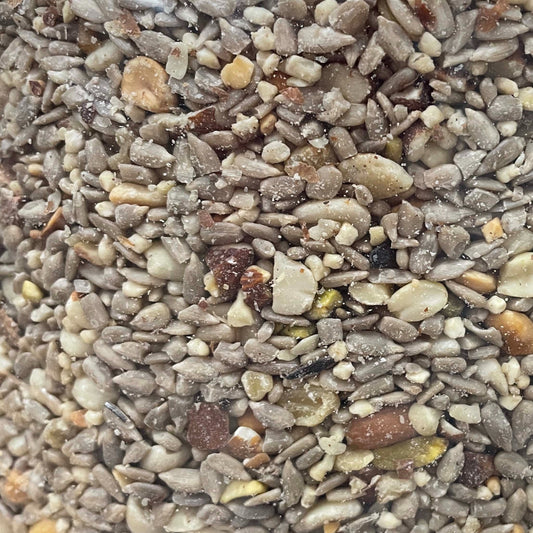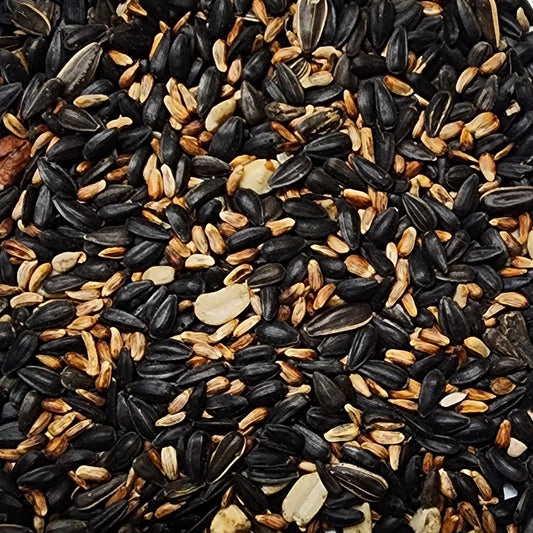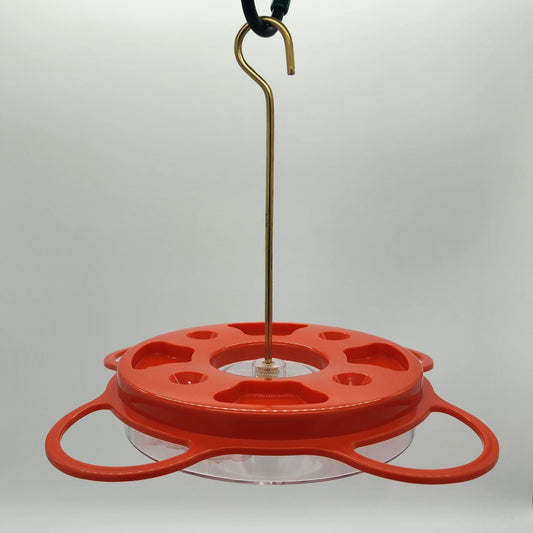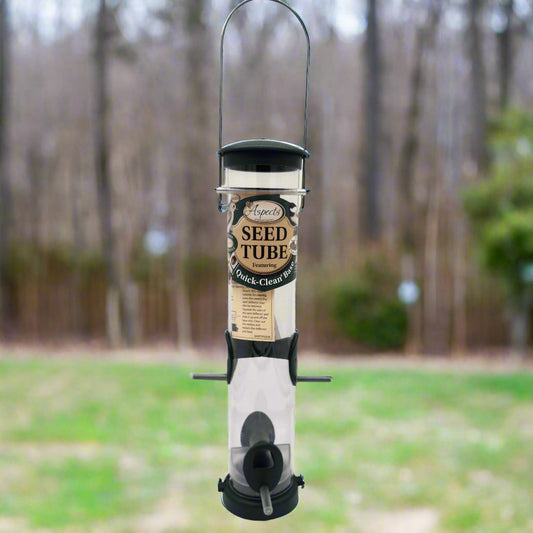Hairy Woodpecker
 If you look in your field guide you will see that the super common Downy Woodpecker has a nearly identical but larger and less common cousin, the Hairy Woodpecker (Picoides villosus). While neither bird is particularly hairy or downy looking, they are named for the very fine, hair-like feath- ers that surround their beaks. This helps to protect their nostrils while chipping away at tree bark.
If you look in your field guide you will see that the super common Downy Woodpecker has a nearly identical but larger and less common cousin, the Hairy Woodpecker (Picoides villosus). While neither bird is particularly hairy or downy looking, they are named for the very fine, hair-like feath- ers that surround their beaks. This helps to protect their nostrils while chipping away at tree bark.
Like all woodpeckers, Hairy Woodpeckers drill their own homes in dead trees. They prefer larger dead trees than their smaller cousins.
When you see the birds together on the same feeder or tree, it looks as if the Hairy is the parent and the Downy is the baby bird! This is the perfect time to look for the subtle differences between the two species. There are differences at both ends of these cousins, so you should be able to make an ID no matter which end of the bird you can see! First, the beak: compare the length of the bill to the profile of the head. The beak of the Downy will be about half the length of the head’s “thickness”, but the beak of the Hairy will be equal to the head length. Males have another form of ID; look at the red spot at the nape of the neck. The Downy will have a solid red spot, but the Hairy’s spot will be divided by a black line. Lastly, Downys have dots, dots on their outer white tail feathers while Hairys do not. Now there are always individuals that don’t conform to the rules, but for the most part, these are excellent field marks to help with your ID skills. Remember: Downys have dots!!!
Shop Woodpecker
Mark's Spotlight
-
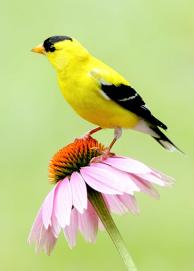
American Gold Finch
Read more about the American Goldfinch -
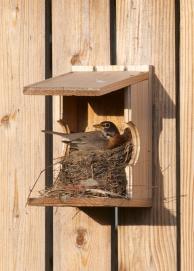
American Robin
Read more about the American Robin -
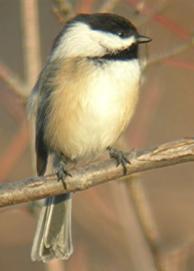
Black-Capped Chickadee
Read more about the Black-Capped Chickadee -
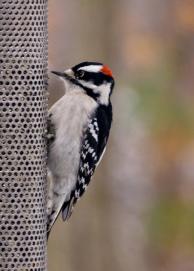
Downy Woodpecker
Read more about the Downy Woodpecker -
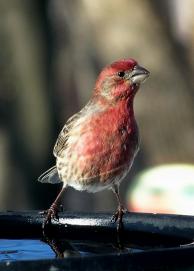
House Finch (Male)
Read more about House Finch -
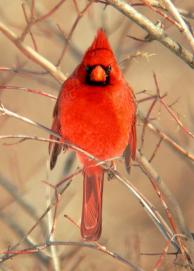
Northern Cardinal
Read More about Northern Cardinal
Shop Now!
-
Mark's No-Waste Blend™
Regular price From $15.99 USDRegular price -
Boardwalk Blend™
Regular price From $8.99 USDRegular price -
NP1009 OrioleFest
Regular price $29.99 USDRegular price -
Multi-Seed Tube Feeders w/Quick-Clean® Bases
Regular price From $59.99 USDRegular price







